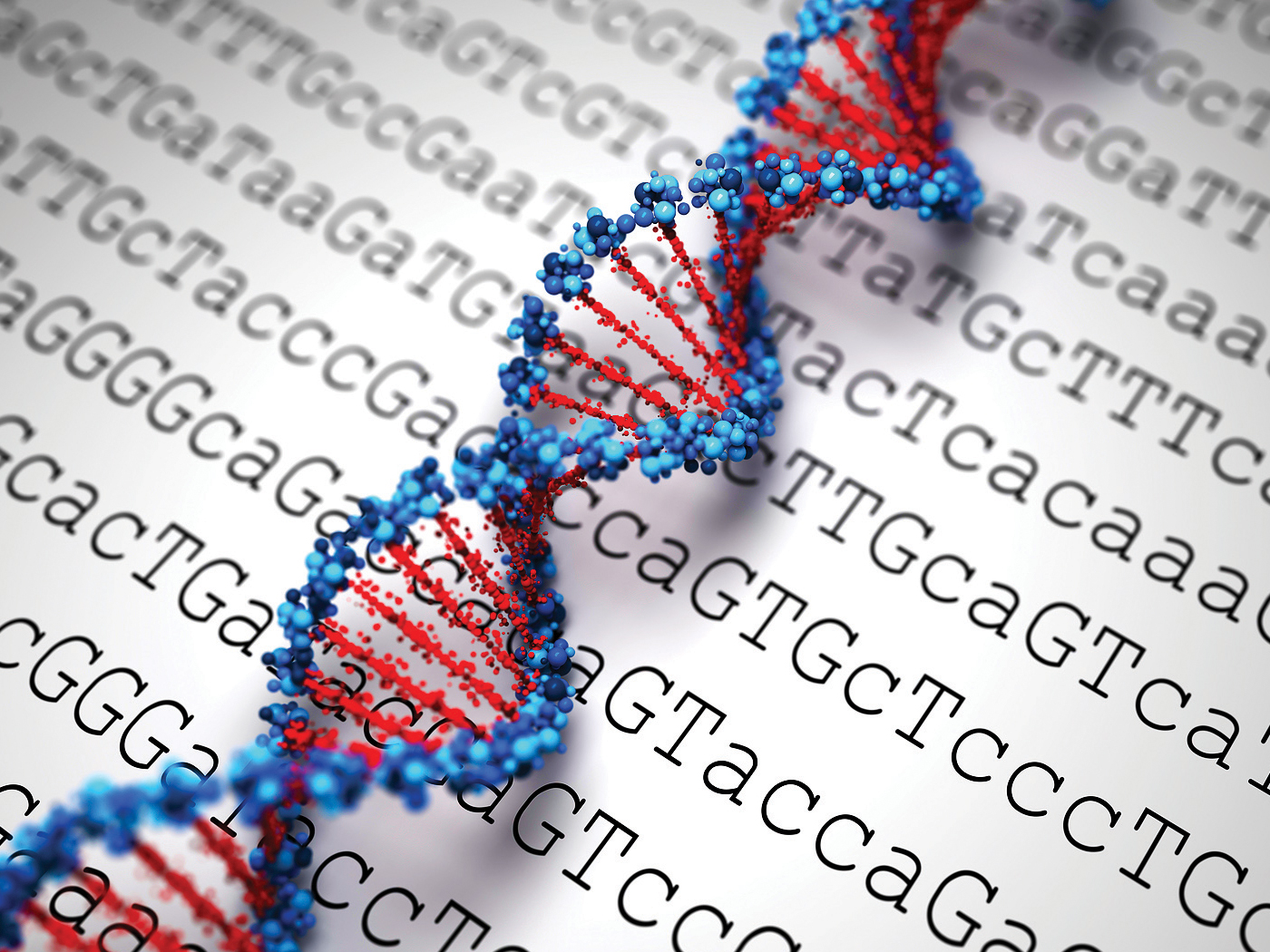A new research study has shown that large regions of the human genome, once thought to be useless junk, work to keep your heart functioning properly.1 When these areas of the genome malfunction, cardiovascular failure is often the outcome, showing the importance of every piece of God's handiwork.
The human genome is composed of more than just DNA sequences that produce proteins. In fact, only about 2% to 3% of the genome directly encodes information specifying the sequence of proteins. Despite this small percentage, about 80 to 90% of the entire genome is copied into RNA—a phenomenon that has been termed pervasive transcription.2,3 A large proportion of this activity produces long non-coding RNAs (lncRNAs). These lncRNA encoding regions are actually very similar to protein-coding genes in their regulation and genomic structure.4,5 And they are located all over the genome, between protein-coding genes as well as inside them. Some even partially overlap protein-coding sequences.
The many different types of lncRNAs studied so far are associated with gene regulation, chromosome structure, protein production, and other cellular processes.4,5 And many lncRNAs are important factors in development and human health. However, the specific relationship of lncRNAs to human heart failure has not been explored on a large scale.
In this new study, researchers studied both failing and non-failing human hearts. The normal heart tissue was collected from organ donors while the failing heart tissue was sampled from people awaiting heart transplants.1 The researchers also sampled failing heart tissue from the same people after they were put on pump support called left ventricular assist devices (LVAD). Because heart failure is a process of gradual loss of heart function, the left ventricle (the heart's primary chamber) becomes less efficient, and thus it receives the prosthetic assistance.
All of the cellular RNAs were sampled from these different sets of heart tissues and the transcripts were sequenced en masse to a high level of redundancy. After sorting through the huge amounts of data, the researchers identified 1249 lncRNA regions of the human genome differentially expressed when comparing normal to failing hearts. The study also revealed the gene expression patterns of protein-coding genes and it was found that the genomic variability in transcription was primarily based on the lncRNAs.
This data fit well with other studies that have shown that the alleged junk DNA regions of the genome are the major regulators of function. The protein-coding genes are like building blocks, while the non-coding DNA is what controls and orchestrates genomic function as a huge sea of finely tuned and critical metadata.
Once again, the exquisite bioengineering in the genome as anticipated by the Biblical view of creation has prevailed over the evolutionary predictions of useless junk littering our chromosomes.
References
- Yang, K.C. et al. 2014. Deep RNA Sequencing Reveals Dynamic Regulation of Myocardial Noncoding RNAs in Failing Human Heart and Remodeling With Mechanical Circulatory Support. Circulation. 129 (9): 1009-1021.
- Djebali, S. et al. 2012. Landscape of Transcription in Human Cells. Nature. 489 (7414): 101-108.
- Hangauer, M. J., I. W. Vaughn, and M. T. McManus. 2013. Pervasive Transcription of the Human Genome Produces Thousands of Previously Unidentified Long Intergenic Noncoding RNAs. PLoS Genetics. 9 (6): e1003569.
- Rinn, J. L. and H. Y. Chang. 2012. Genome Regulation by Long Noncoding RNAs. Annual Review of Biochemistry. 81: 145-66.
- Clark, M. B. et al. 2013. The dark matter rises: the expanding world of regulatory RNAs. Essays in Biochemistry. 54: 1-16.
*Dr. Tomkins is Research Associate at the Institute for Creation Research and received his Ph.D. in genetics from Clemson University.
Article posted on May 21, 2014.


















